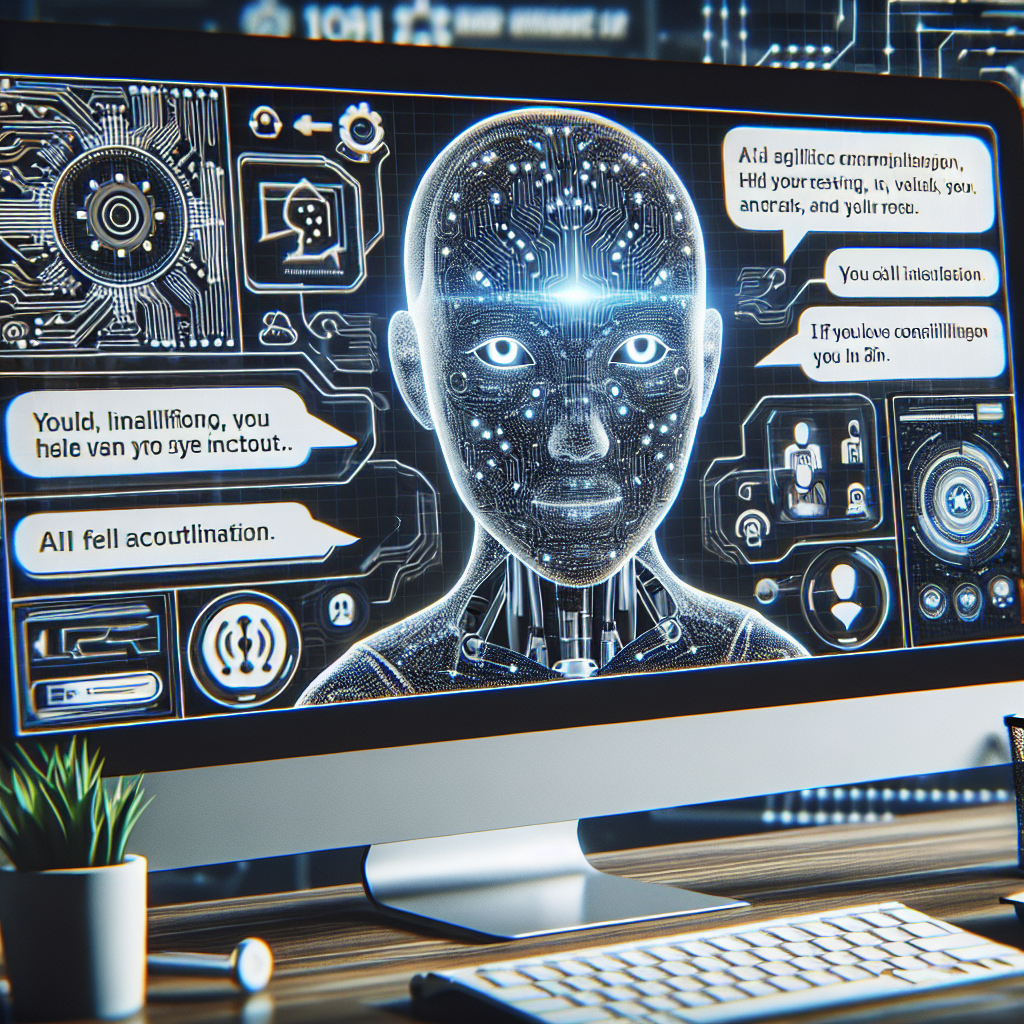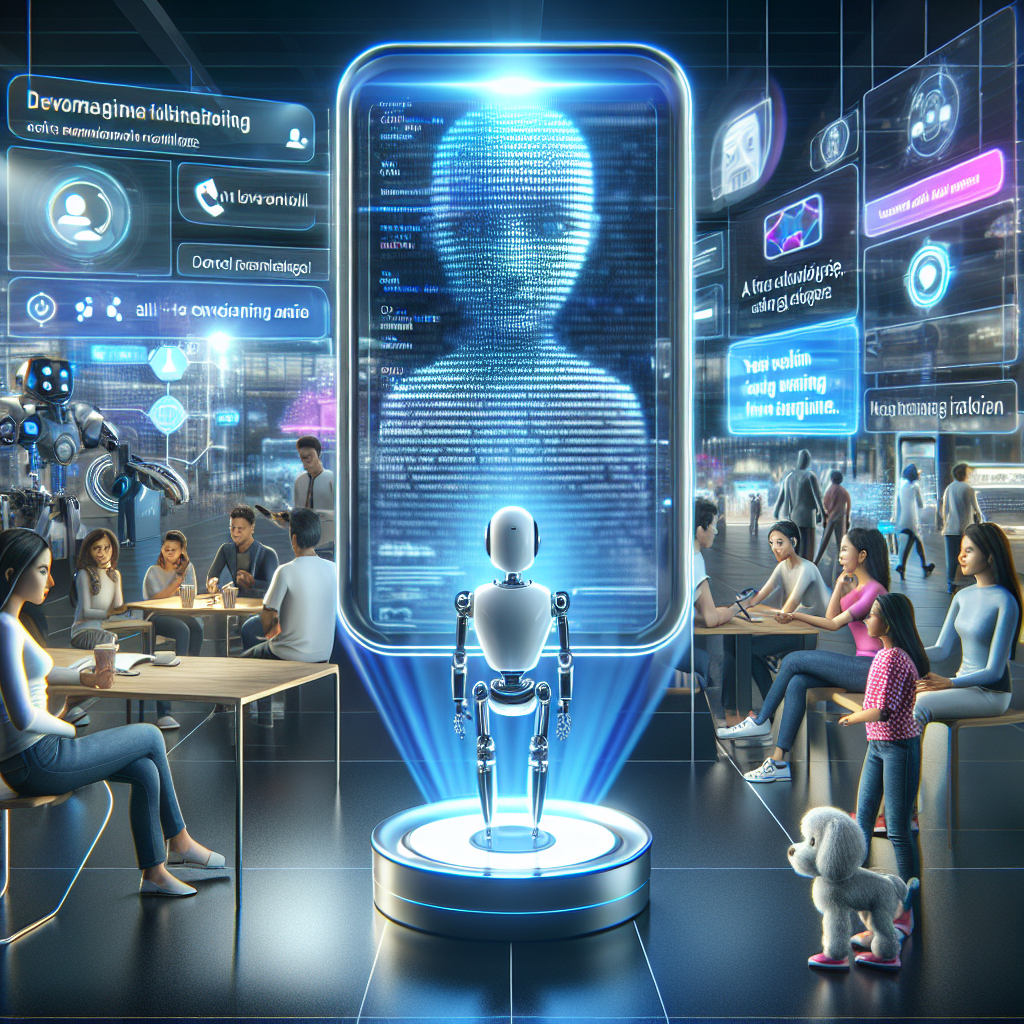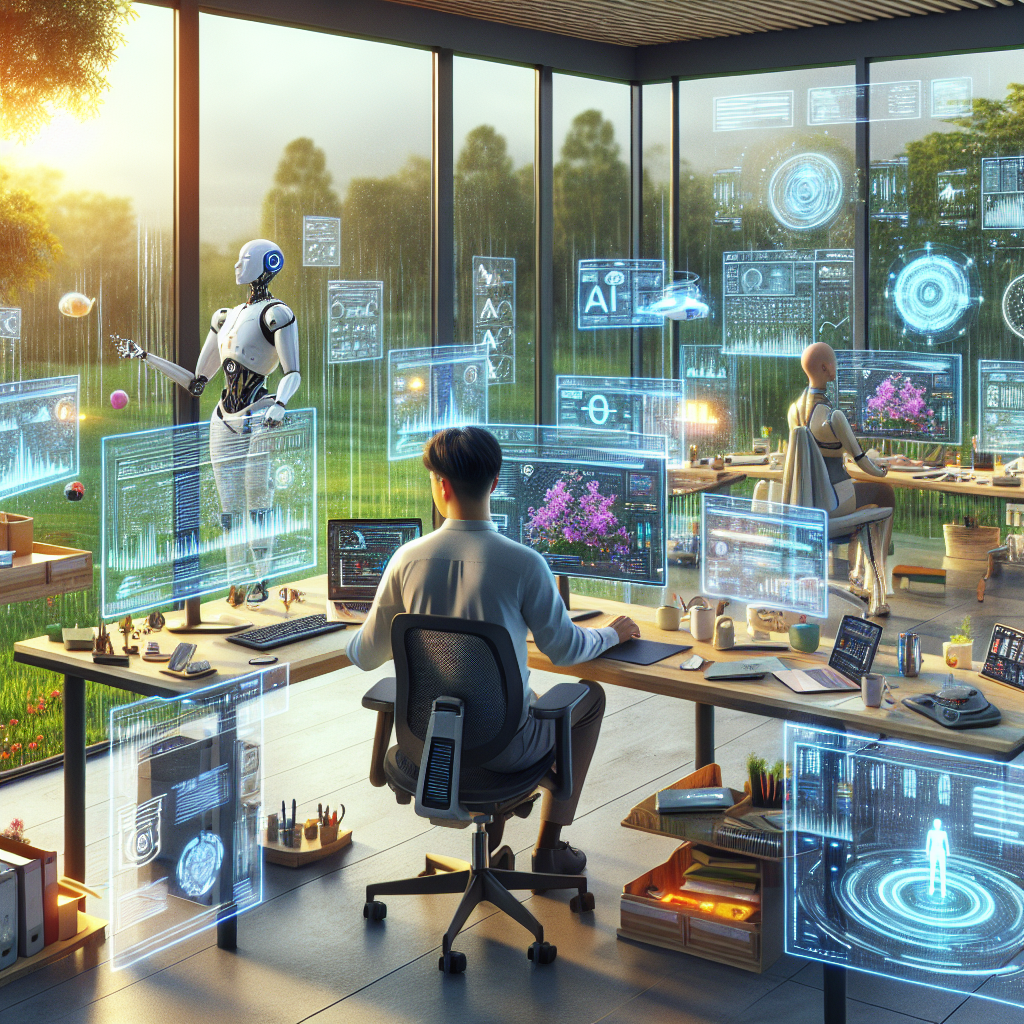-
Table of Contents
ChatGPT and the Future of Conversational AI

Conversational AI has rapidly evolved over the past decade, transforming the way humans interact with machines. At the forefront of this revolution is ChatGPT, a language model developed by OpenAI. With its ability to understand and generate human-like text, ChatGPT is not only redefining customer service and content creation but also shaping the future of human-computer interaction. This article explores the development, applications, challenges, and future potential of ChatGPT and conversational AI as a whole.
The Evolution of ChatGPT
ChatGPT is based on the Generative Pre-trained Transformer (GPT) architecture, a deep learning model that uses large-scale datasets to learn language patterns. The first version, GPT, was introduced in 2018, followed by GPT-2 in 2019, GPT-3 in 2020, and GPT-4 in 2023. Each iteration brought significant improvements in language understanding, coherence, and contextual awareness.
GPT-4, the latest version as of 2024, is a multimodal model capable of processing both text and images. It has been trained on a diverse range of internet text, allowing it to perform tasks such as translation, summarization, question answering, and even code generation. The model’s ability to generate human-like responses has made it a powerful tool in various industries.
Applications Across Industries
ChatGPT is being integrated into a wide array of applications across different sectors. In customer service, it powers chatbots that handle inquiries 24/7, reducing the need for human agents and improving response times. For example, companies like Shopify and Instacart use AI-driven chatbots to assist customers with orders and troubleshooting.
In education, ChatGPT serves as a virtual tutor, helping students with homework, explaining complex concepts, and even generating practice questions. Language learning platforms use it to simulate conversations in different languages, enhancing the learning experience.
Healthcare is another area where conversational AI is making strides. ChatGPT can assist in preliminary diagnosis, appointment scheduling, and patient education. While it is not a replacement for medical professionals, it can streamline administrative tasks and improve patient engagement.
Content creation is perhaps one of the most transformative applications. Writers, marketers, and developers use ChatGPT to generate articles, social media posts, scripts, and even code snippets. Tools like Jasper and Copy.ai leverage GPT models to assist in content generation, saving time and boosting productivity.
Technological Advancements Driving Conversational AI
The success of ChatGPT and similar models is largely due to advancements in natural language processing (NLP), machine learning, and computational power. Transformer architectures, introduced in the seminal paper “Attention is All You Need” (Vaswani et al., 2017), revolutionized NLP by enabling models to understand context more effectively.
Large-scale training on diverse datasets has also played a crucial role. GPT-4, for instance, was trained on hundreds of billions of words, allowing it to capture nuances in language and deliver more accurate responses. Additionally, reinforcement learning from human feedback (RLHF) has been used to fine-tune the model, aligning its outputs with human values and expectations.
Challenges and Ethical Considerations
Despite its capabilities, ChatGPT is not without limitations. One major concern is the potential for generating biased or harmful content. Since the model learns from internet data, it can inadvertently reproduce stereotypes or misinformation. OpenAI has implemented safety mechanisms, but ensuring ethical use remains a challenge.
Another issue is the risk of over-reliance on AI. In sectors like healthcare or legal services, incorrect or misleading information from an AI model could have serious consequences. Therefore, human oversight is essential when deploying conversational AI in critical applications.
Privacy is also a significant concern. Conversational AI systems often process sensitive user data, raising questions about data security and user consent. Developers must adhere to strict data protection regulations such as GDPR and implement robust security measures.
The Future of Conversational AI
Looking ahead, the future of conversational AI is promising. We can expect models to become more context-aware, emotionally intelligent, and capable of handling multimodal inputs. Integration with voice assistants, augmented reality (AR), and virtual reality (VR) will create more immersive and interactive experiences.
Personalization will be a key focus. Future models may adapt to individual users’ preferences, communication styles, and needs, offering more tailored interactions. This could revolutionize fields like mental health support, where empathetic and personalized communication is crucial.
Moreover, open-source initiatives and democratization of AI tools will enable more developers and organizations to build custom conversational agents. This will foster innovation and expand the reach of AI-powered solutions to underserved communities and industries.
Conclusion
ChatGPT represents a significant milestone in the evolution of conversational AI. Its ability to understand and generate human-like text has opened up new possibilities across industries, from customer service to education and healthcare. While challenges such as bias, privacy, and ethical use remain, ongoing research and responsible development practices are paving the way for safer and more effective AI systems. As technology continues to advance, conversational AI will become an even more integral part of our daily lives, enhancing communication, productivity, and access to information.


